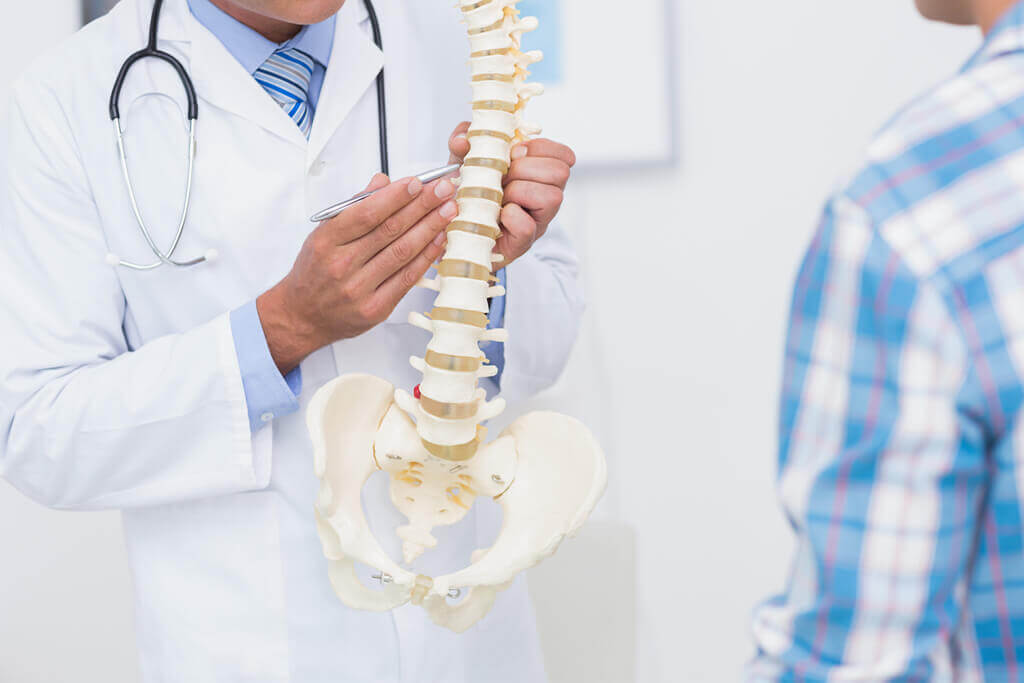Keratoconus
Introduction
Anatomy
Causes
Symptoms
Diagnosis
Treatment
In many cases, keratoconus can be treated with rigid gas-permeable contact lenses. Some eye doctors recommend aggressive treatment for eye allergies. People that cannot tolerate contact lenses or that have severe keratoconus may benefit from corneal transplantation or laser treatment. Advanced treatments, such as high radio energy to reshape the cornea, may help prevent the need for a corneal transplant.
Complications
Advancements

Copyright © - iHealthSpot Interactive - www.iHealthSpot.com
This information is intended for educational and informational purposes only. It should not be used in place of an individual consultation or examination or replace the advice of your health care professional and should not be relied upon to determine diagnosis or course of treatment.
The iHealthSpot patient education library was written collaboratively by the iHealthSpot editorial team which includes Senior Medical Authors Dr. Mary Car-Blanchard, OTD/OTR/L and Valerie K. Clark, and the following editorial advisors: Steve Meadows, MD, Ernie F. Soto, DDS, Ronald J. Glatzer, MD, Jonathan Rosenberg, MD, Christopher M. Nolte, MD, David Applebaum, MD, Jonathan M. Tarrash, MD, and Paula Soto, RN/BSN. This content complies with the HONcode standard for trustworthy health information. The library commenced development on September 1, 2005 with the latest update/addition on February 16, 2022. For information on iHealthSpot’s other services including medical website design, visit www.iHealthSpot.com.


